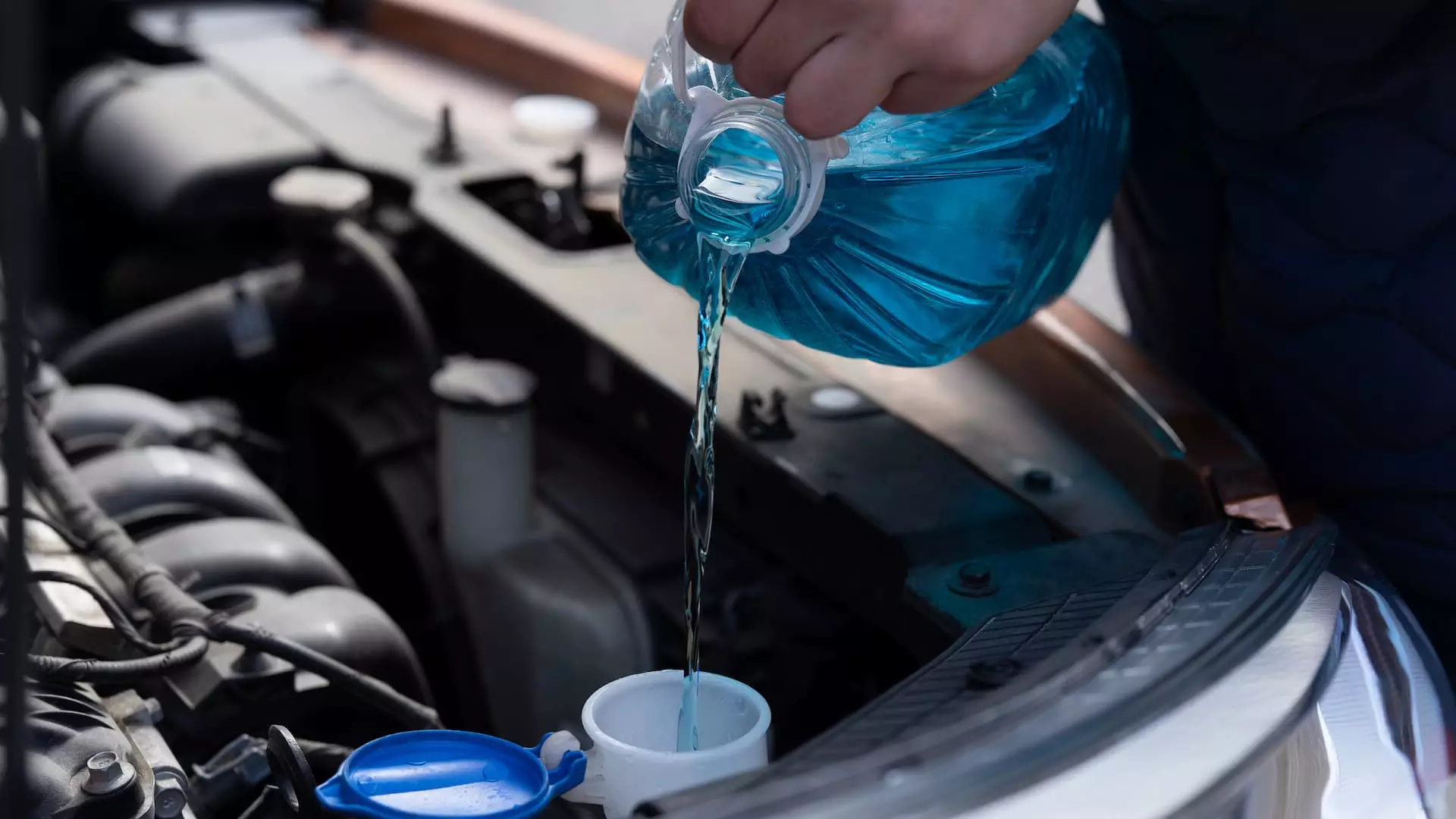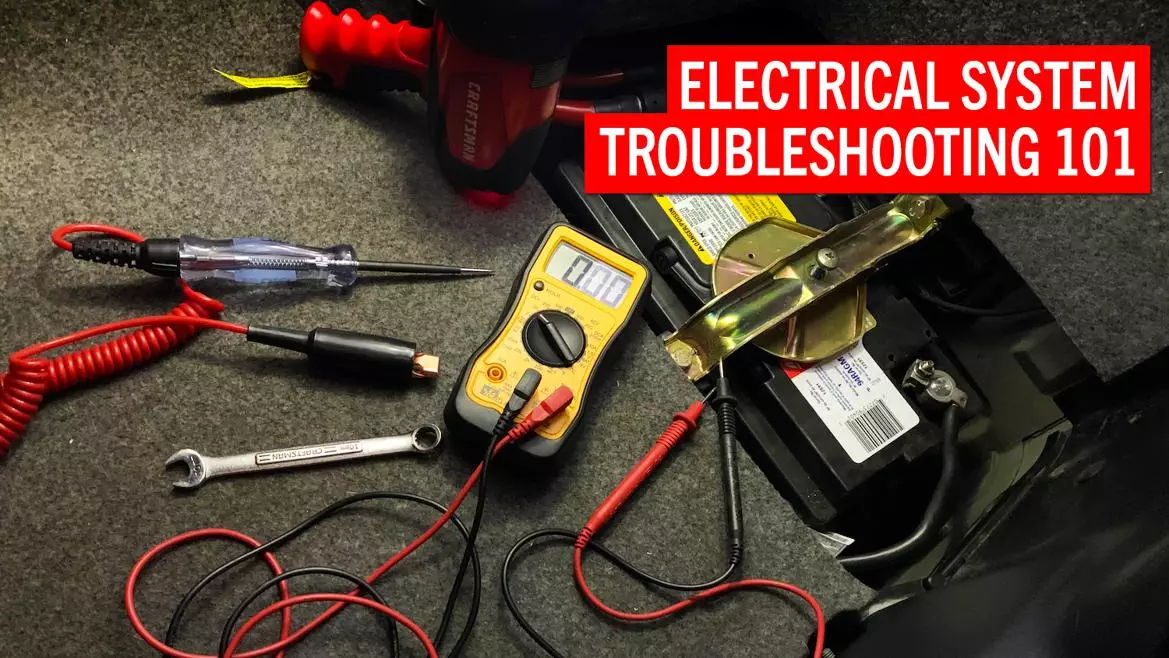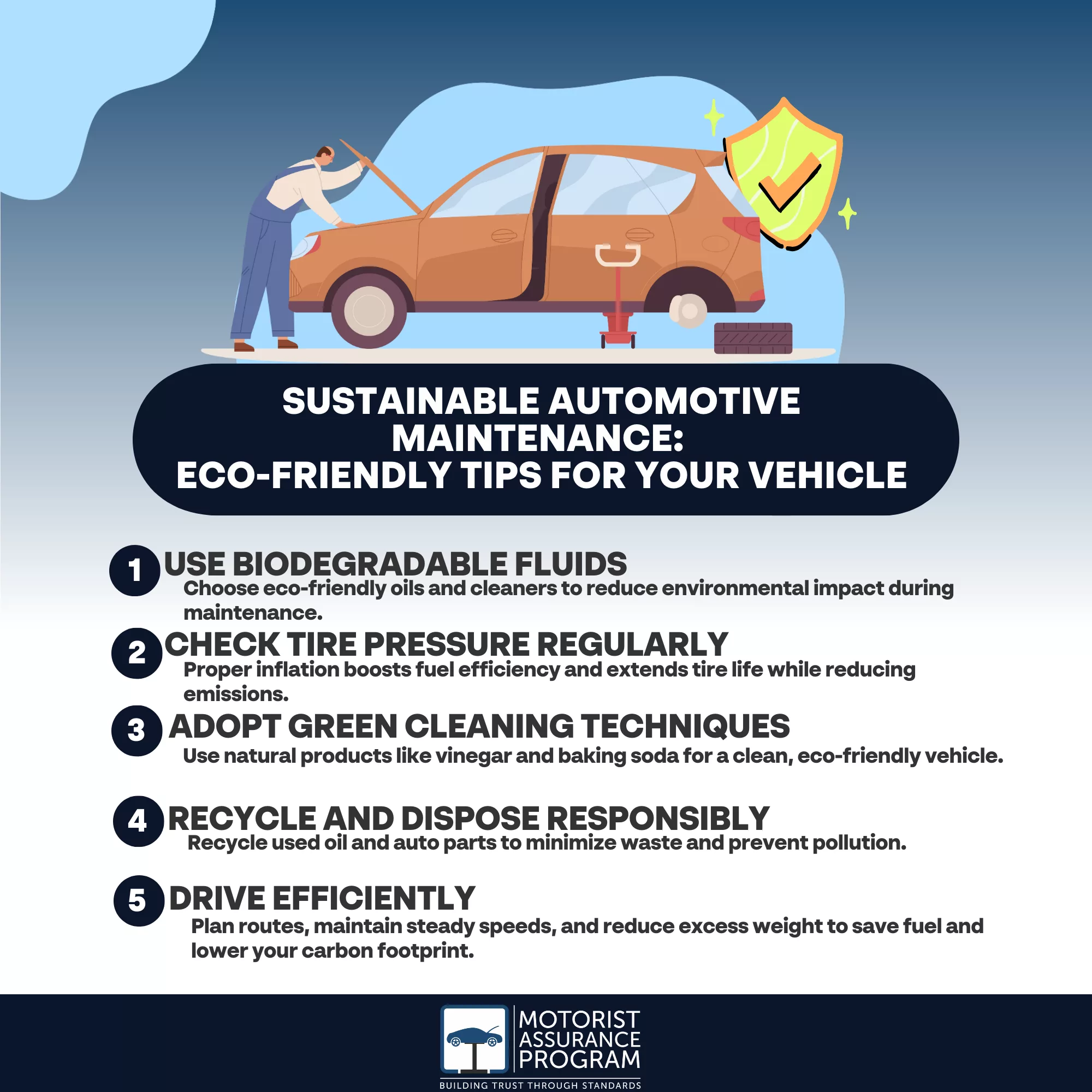
5 Steps to Master What to Do When Your Alternator Fails
Ever wondered what to do when your alternator fails? Picture this: you’re driving home after a long day, and suddenly, your car’s dashboard lights up like a Christmas tree. Your headlights dim, and the radio goes silent. Alternator failure symptoms can sneak up fast, leaving you stranded and frustrated. But don’t worry, understanding these signs and knowing the right steps can save you time, money, and a whole lot of stress.
Dealing with car component failure might seem daunting, but it’s all about knowing what to look for and how to react. Maybe you’ve noticed your battery draining faster than usual, or perhaps your engine struggles to start. Such signs of alternator failure can easily catch you off guard. By learning a few car repair tips, you can troubleshoot these issues effectively and keep your vehicle running smoothly.
Ready to master the art of handling automotive setbacks? Unlock the secrets to tackling car troubles with confidence by diving into our comprehensive car troubleshooting guide. Discover practical, step-by-step advice that will empower you to tackle common car problems head-on. Don’t miss out-your vehicle’s health depends on it!
In the article
Recognizing the Symptoms
When it comes to maintaining your vehicle, knowing car component failure symptoms early is crucial. If you can spot problems early, you can often avoid bigger issues down the road. So, what should you be looking out for when it comes to your alternator?
Signs of Alternator Failure
First, keep an eye on your lights. Dimming lights can be one of the earliest indicators of alternator trouble. If your headlights or dashboard lights seem weaker than usual, it might be time to check the alternator.
Strange noises can also be a sign. Listen for any unusual sounds from under the hood, like grinding or whining. These noises could indicate that something isn’t right with the alternator.
Another important sign to notice is battery issues. If your car’s battery keeps dying unexpectedly, even after charging, it could be a symptom of an alternator problem. Your alternator charges the battery, so if it’s not working, the battery won’t hold a charge.
Common Car Problems Related to Alternator
Understanding the link between the alternator and battery problems is key. If the alternator isn’t working well, the battery can’t get the power it needs. This can lead to a dead battery, which will leave you stranded.
Electrical issues are another common problem. The alternator powers the car’s electrical system, so if it’s failing, you might notice electrical components like power windows, radio, or air conditioning acting up. These are all signs you shouldn’t ignore.
Troubleshooting and Diagnosis
Car Troubleshooting Guide
If you suspect your alternator might be the issue, you’ll need to do some troubleshooting. First, test the battery voltage. This can help determine if the battery itself is the problem or if it’s something else, like the alternator.
Next, use a multimeter to check the voltage output from the alternator. This tool can help you figure out if the alternator is charging the battery as it should.
- Inspect the belt to make sure it’s in good condition. A worn or broken belt can cause alternator failure.
- Check electrical connections for any signs of corrosion or looseness. Poor connections can disrupt the charging process.
- Examine the voltage regulator, as it’s responsible for controlling the alternator’s output.
Ensure proper connection by double-checking all electrical wires and cables. Loose or corroded connections can lead to power loss and affect your alternator’s function.
Executing the Right Fix
DIY Car Repair Tips
If you’re a fan of DIY projects, learning some basic repair skills can be really helpful. This way, you can handle minor issues on your own. Start by gathering the necessary tools. Having the right tools on hand can make a big difference when you’re trying to fix car issues.
Professional Automotive Repair Advice
However, sometimes it’s best to call in the experts. Knowing when to seek professional help can save you from making things worse. If you’re not sure about a repair or if the issue seems too complex, don’t hesitate to get expert advice.
Also, it’s good to understand average repair cost before heading to a mechanic. This way, you won’t face any surprises when you get the bill.
Vehicle Maintenance Tips
Regular maintenance can help you avoid many car problems. Make it a point to schedule regular check-ups for your car. This can help you catch any issues early, before they become bigger problems.
Keeping a maintenance log is also helpful. Note down any repairs or maintenance work done on your car. This can be a useful tool to track your car’s health and identify patterns in car component failures.
Car Repair Tips for Alternator Issues
If you discover that your alternator is the issue, you might need to replace faulty parts. Sometimes, a simple part replacement can solve the problem. Once you’ve made the fix, test the system to ensure everything is working as it should.
Also, ensuring all connections tight is crucial. Loose connections can lead to power loss and prevent your alternator from fully charging your battery.
What to Do When Your Alternator Fails
When faced with an alternator failure, follow repair steps carefully. This might mean looking up guides or manuals to make sure you’re doing the job right.
Once you’ve made repairs, reassess the issue after the fix. Sometimes, what seems like an alternator problem could be something else entirely, so it’s important to confirm the fix was successful.
Lastly, keep Essential tools handy. You never know when you might need them again, and being prepared can save you a lot of hassle down the road.
By understanding these steps, alternator repair can become much easier. You’ll be able to recognize problems early, troubleshoot effectively, and know when to call for help. Remember, taking care of your car can ensure it runs smoothly and keeps you safely on the road.
Take Control of Your Car’s Health
Understanding the signs of alternator trouble equips you with the knowledge to act quickly when needed. By recognizing symptoms early, you can avoid being stranded and save on costly repairs. The steps covered empower you by providing clear guidance on what actions to consider for vehicle maintenance, ensuring smoother and safer drives.
Start by inspecting your car’s dashboard for warning lights and listen for unusual noises. Check your battery and connections for corrosion or damage. If needed, consult a trusted mechanic for further diagnosis. Simple actions, like keeping your battery terminals clean and testing your alternator regularly, help maintain your vehicle’s health.
Don’t wait for problems to escalate. Take a proactive step today toward maintaining your car’s reliability. Keep these strategies in mind and stay ahead of common car issues. Your car will thank you, and you’ll enjoy peace of mind on the road.





